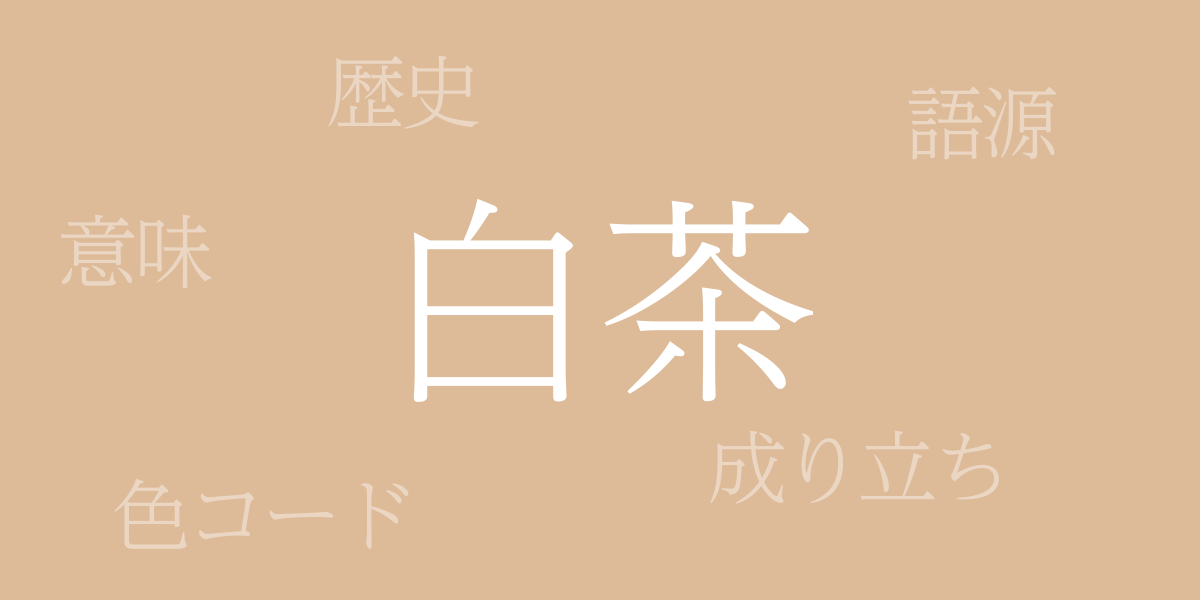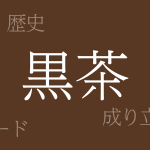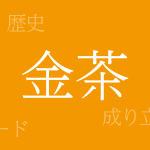Japan’s traditional colors, nurtured in rich nature and history, provide us with a beautiful harmony of hues. Among them, ‘Shiracha’ (白茶 – しらちゃ) captivates many with its unique texture. This article explores the allure of Shiracha, delving into its color history, color codes, and even its Western names, offering a deep understanding of Japanese culture.
About Shiracha (白茶 – しらちゃ)
Shiracha (白茶 – しらちゃ), a traditional Japanese color, is a light brownish-white that exudes calm elegance and a refined atmosphere. Widely used in kimonos, pottery, architecture, and even graphic design, this color draws inspiration from natural hues and is ideal for expressing the nuances of seasonal transitions and the textures of materials.
The History of Shiracha
The history of Shiracha dates back to the Heian period, where it was already mentioned in documents. Nobles of the time incorporated natural colors into their garments to express seasonality, which evolved into a sophisticated culture. Shiracha, born from the Japanese delicate perception of color and respect for nature, has expanded its use over the centuries and continues to be valued in the modern era.
Color Code of Shiracha
For accurate reproduction in digital design and printing, the color codes for Shiracha are essential:
- HEX: #DDBB99
- RGB: R:221 G:187 B:153
- CMYK: C:17 M:31 Y:41 K:0
Western Name for Shiracha
While ‘White Tea’ is a direct translation of Shiracha, it is often described as ‘Beige’ or ‘Ivory’ to convey its unique quality. However, these names have different color tones, so a precise Western equivalent does not truly exist. For international color communication, using color codes is most appropriate.
Conclusion on Shiracha
Shiracha, with its delicate hue, symbolizes the traditional Japanese aesthetic. Exploring its history reveals the depth and value of the color. Even in the digital age, its beauty can be shared worldwide through its color codes. Shiracha remains a timeless color, cherished throughout the ages as one of Japan’s enduring hues.

























